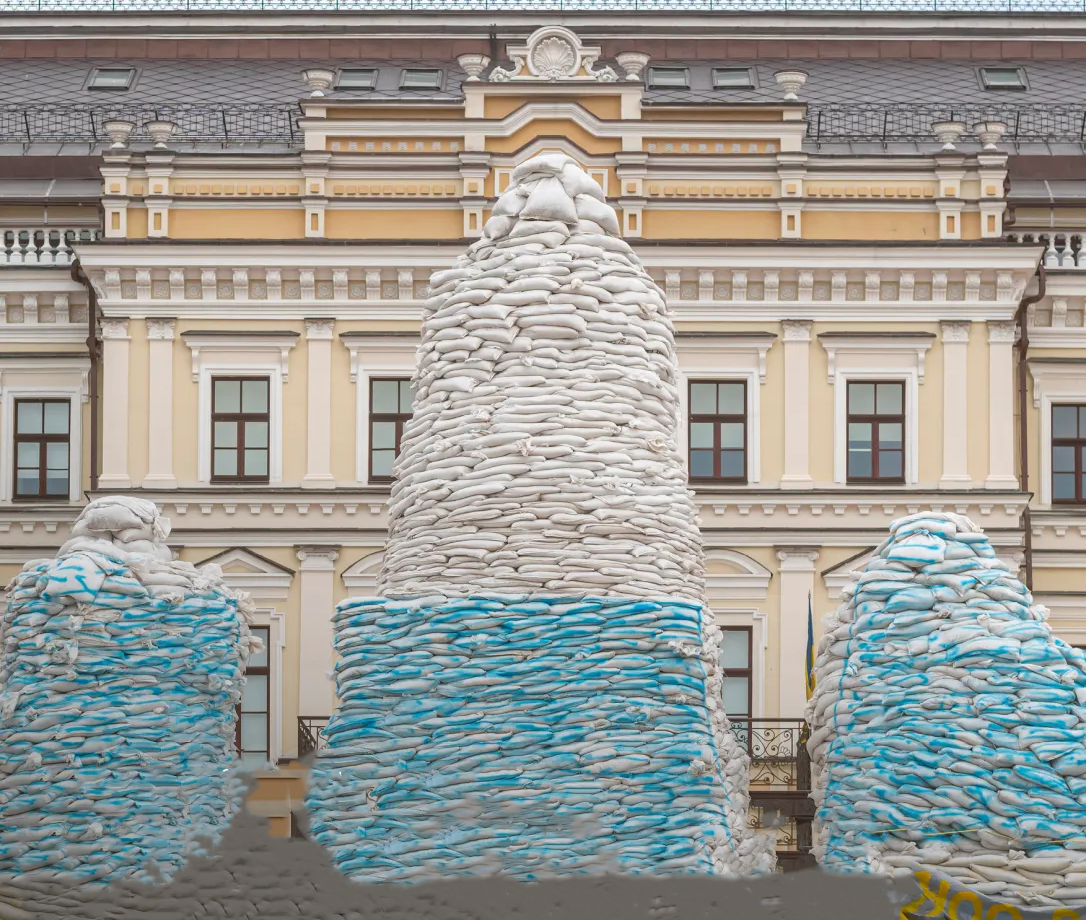Research for CULT Committee is organising an event to present a study on protecting cultural heritage from armed conflicts in Ukraine and beyond. The event will take place on Thursday the 27th of April 2023 at Brussels, Belgium.
This study examines how cultural heritage can be better protected from the effects of armed conflicts, in Ukraine and beyond. It includes an analysis of the applicable international law and policy frameworks and the practice of key international actors in Ukraine, as well as in past conflicts. It concludes with a set of recommendations to the EU and is Member States to strengthen the protection of cultural heritage from the effects of armed conflicts, now and in the future.
Here are the key findings:
- Cultural heritage is often targeted and may even be at the centre of armed conflicts. Cultural heritage includes tangible cultural heritage – such as sites, monuments and cultural objects – and intangible heritage – such as traditions and customs. In armed conflicts, cultural heritage may be damaged or destroyed as collateral damage and/or because it is targeted for military reasons. As cultural heritage is an element of cultural identity, it may also be directly targeted for ideological reasons as can be witnessed in Ukraine. Breakdowns in the rule of law during armed conflicts also often lead to looting for economic gain.
- Cultural heritage protection is key to peace, security and the sustainable development of societies. Threats to cultural heritage endanger the key values of the EU, as well as its legal order, security and external relations, even if those threats arise from conflicts beyond EU borders. The war in Ukraine poses specific and new challenges to the EU, and thus a reconceptualisation is needed of the mechanisms, tools and instruments to protect cultural heritage.
- The protection of cultural heritage in armed conflict has a solid basis in international law. It is covered by international humanitarian law, but also human rights law, cultural heritage law and criminal law. The EU and its Member States are required to protect cultural heritage in armed conflict and to prosecute certain crimes against cultural heritage. This results from a complex regulatory matrix stemming from: the international obligations of the EU and its Member States; regional treaty law; instruments and measures established by the EU; and domestic law. However, the legal framework is fragmented and has gaps.
- International initiatives to protect cultural heritage in Ukraine are numerous, and many actors are involved with overlapping mandates. These initiatives focus on: monitoring of damages; emergency relief measures; training of heritage professionals; digitisation of inventories and archives; and support of the cultural sector. The multiplicity of actors, in combination with insufficient coordination and standards, carries the risk of duplication; whereas some needs may remain uncovered. Even at the EU level many actors are involved, which creates a challenge to a coherent EU policy.
- Projects to safeguard or restore conflict-affected cultural heritage have major social impacts, and participation of local communities is key to their success. Cultural heritage may be used in conflict narratives and thus can fuel conflicts. This may be the case when cultural heritage is claimed as exclusive (national) heritage by a certain party in a conflict. At present there is insufficient independent monitoring of attacks against cultural heritage at all stages of a conflict. In post-conflict recovery projects, memorialisation is of great importance; and when local communities are not fully integrated, the project is likely to have less impact on reconciliation.
Find more information
here.








